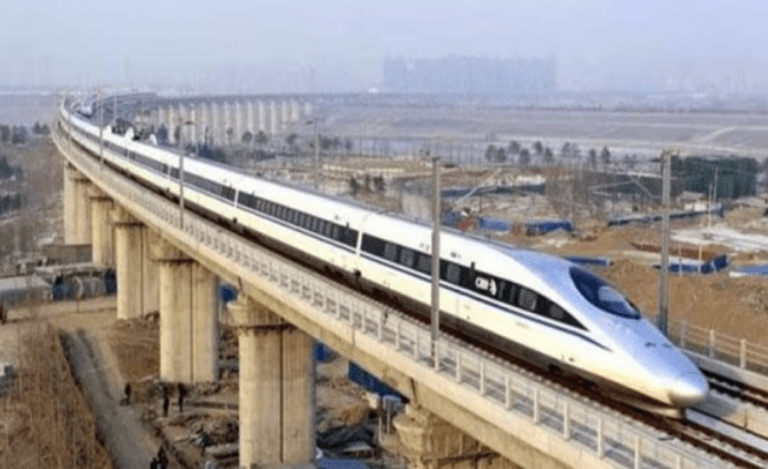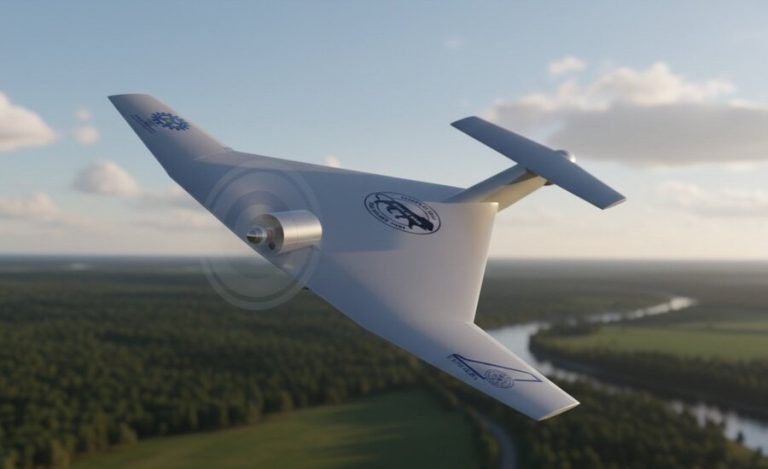New Delhi: In a significant development for India’s aerospace and defence sector, Hindustan Aeronautics Limited (HAL) is poised to deliver the first batch of eight TEJAS MK-1A fighters within 24 to 36 months, signalling the transition of India’s indigenous fighter aircraft from limited-run prototypes to structured serial production.
This announcement comes on the heels of a major agreement concluded on 7 November 2025 between HAL and GE (General Electric) for the supply of 113 units of the F404-GE-IN20 engine, which will power 97 of these aircraft under the approved ₹62,370 crore procurement.
Engine Deal Lays the Backbone of the TEJAS MK-1A Programme
The engine contract is a foundational pillar of the TEJAS MK-1A production cycle. The deal for 113 units covers 97 aircraft and also includes extras for lifecycle replacements and maintenance support.
Senior government officials indicate that cost escalation and contract alignment issues had previously slowed down the manufacturing pace — but with this contract in place, HAL is set to stabilise its production line and move ahead in earnest.
Phased Delivery Plan: From Eight to Dozens
Rather than rushing into large-scale production immediately, HAL is taking a measured phased approach:
First batch: 8 aircraft over 24 to 36 months — this initial tranche will allow HAL to test, refine and optimise assembly sequences.
Subsequent batches: Three tranches of 24 aircraft each, scheduled to roll out after 37, 49 and 61 months.
Final batch: 12 fighters to be delivered between months 73 and 84 – slated for completion by late 2031 or early 2032.
This staged rollout reflects a strategic shift from prototype manufacturing to serial, high-throughput production, leveraging new assembly lines, digital manufacturing systems, and an expanded supplier base.
Upgrades in the TEJAS MK-1A: What’s New
The MK-1A variant introduces a suite of enhancements over the baseline TEJAS MK-1:
- A new electronically scanned radar and an updated electronic warfare suite.
- Smart cockpit architecture, mid-air refuelling capability, and improved maintainability features that reduce turnaround time between sorties.
- These upgrades reflect user feedback from the Air Force and aim at bridging the gap between retiring MiG-21 squadrons and future platforms.
The Industrial Ecosystem & Make in India Push
Delivering the Tejas MK-1A on schedule will require the integration of more than 500 domestic suppliers and technology partners — an ecosystem that HAL is bringing to maturity.
Infrastructure expansion over the past two years — including new lines for avionics integration and composite airframe production — is designed to underpin sustained manufacturing rhythms.
While the F404-GE-IN20 engines are currently imported in complete form, the HAL-GE collaboration includes discussions for increased localisation of engine modules under the “Make in India” framework.
Strategic Significance for the Indian Air Force
For the Indian Air Force (IAF), the MK-1A plays a pivotal role:
- It will help fill the capability gap created by the phasing out of older platforms like the MiG-21.
- The steady inflow of MK-1A jets over the coming years aligns with the IAF’s squadron strength and modernization goals.
- The shift to sustained production and induction of the MK-1A signals a maturation of India’s defence manufacturing base — which in turn strengthens strategic autonomy.
Key Challenges & The Road Ahead
While the announcement is positive, several challenges remain:
- Ensuring that the supply chain of over 500 domestic vendors scales smoothly to meet production tempo without bottlenecks.
- Harmonising tooling, assembly, digital manufacturing and quality control processes to transition from prototype to serial scale.
- Managing cost escalation, contract alignment and schedule slippage — factors that delayed previous phases.
- Realising localisation of engine modules — while the current contract is for imported engines, the localisation push will need time, investment and technology transfer.
- If these challenges are addressed effectively, HAL’s transition to high-volume manufacturing of the TEJAS MK-1A could mark a watershed moment in India’s aerospace defence industry.
Importance of TEJAS MK-1A Delivery
For India’s defence posture: Having a domestically built, high-capability fighter jet strengthens strategic autonomy and reduces dependence on foreign platforms.
For the manufacturing ecosystem: It signals the move from one-off or limited-run production to a sustained industrial base capable of meeting decade-long fighter production demands.
For economics and technology: With over 500 suppliers, the ripple effects in aerospace, advanced composites, avionics, maintenance ecosystems and exports are significant.
For future programmes: The infrastructure, processes and ecosystem matured through the MK-1A programme will serve as a foundation for more advanced platforms such as the MK-2 and the AMCA.


























